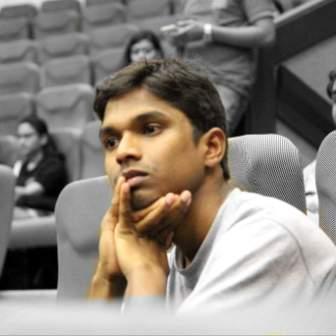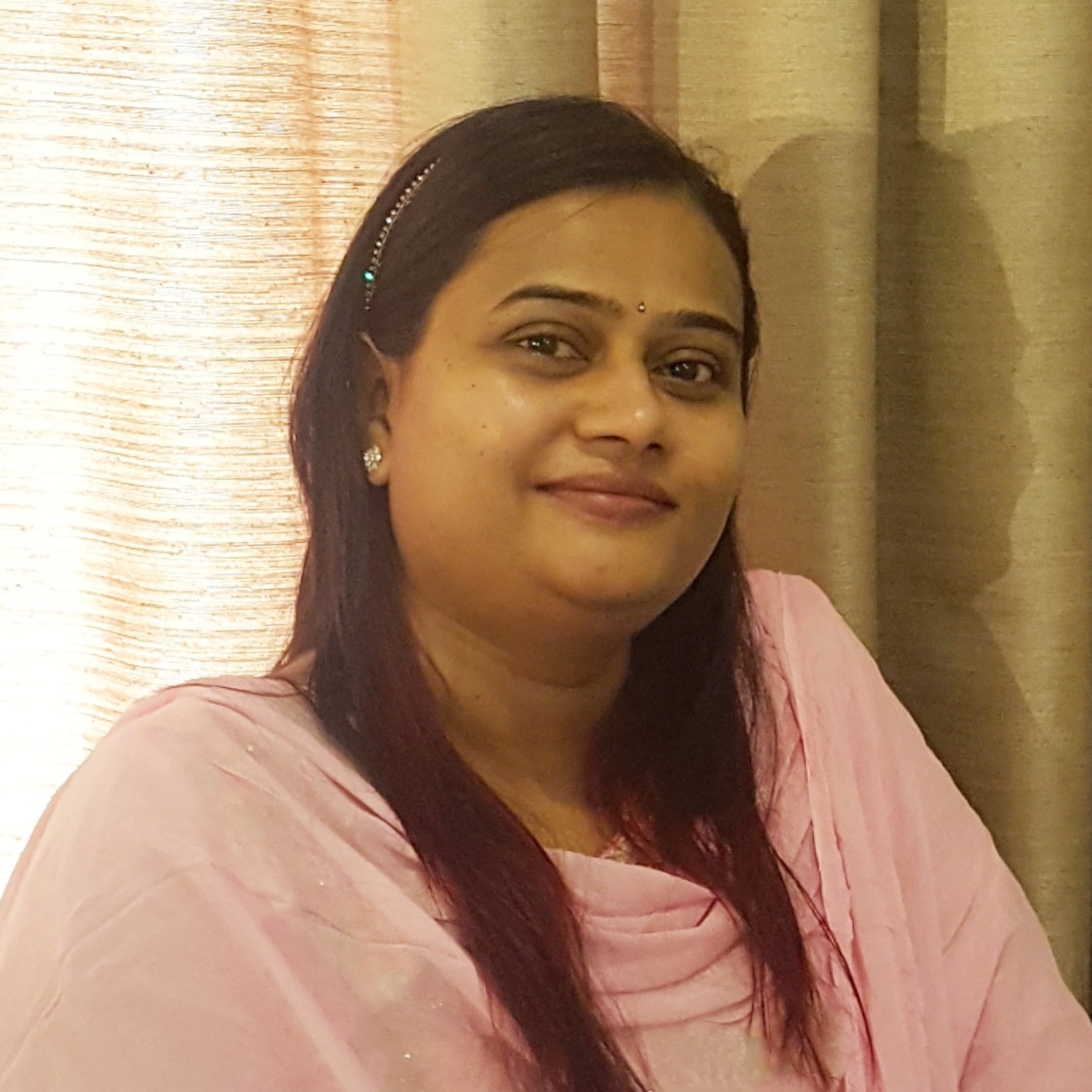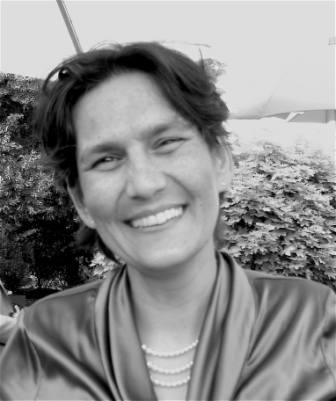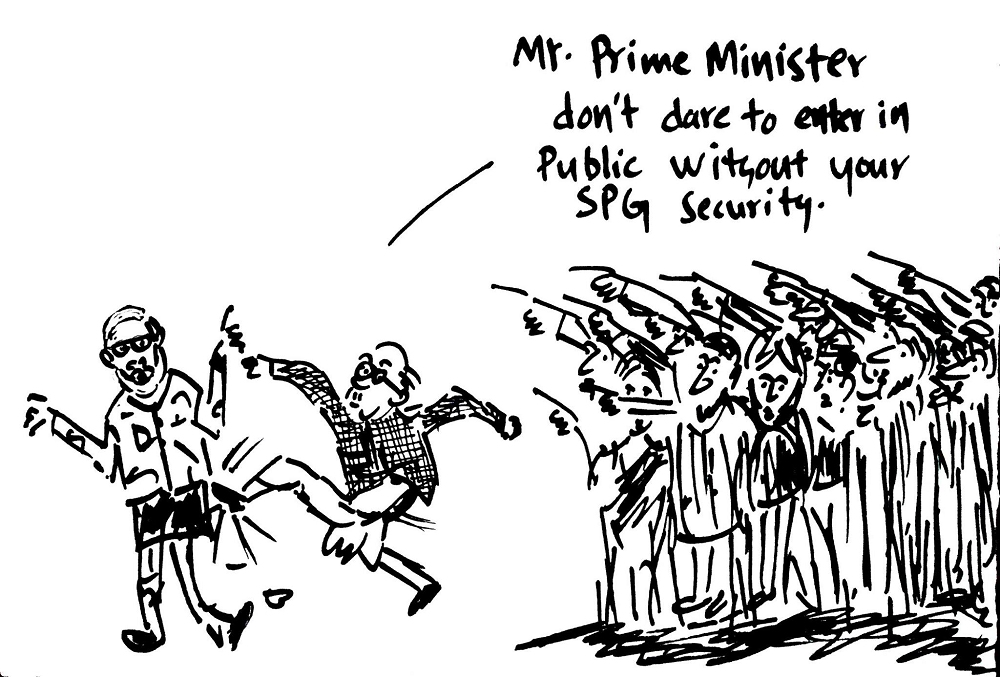Rajesh Chandra Kumar
 “Education is the most powerful weapon you can use to change the world” ~ Nelson Mandela.
“Education is the most powerful weapon you can use to change the world” ~ Nelson Mandela.
“For want of education their intellect deteriorated, for want of intellect their morality decayed, for want of morality their progress stopped, for want of progress their wealth vanished. All their sorrows sprang from illiteracy”. ~ Mahatma Jotiba Phule
Most of the people who made a positive change in the world, could do it because of education. Education has given the human world the thought of having a rational, logical, and scientific way of living in society.
In India, there are certain communities that have been excluded from the mainstream society. Despite its unique nature, caste is like race in America, class in Britain and faction in Italy (Bayly: op. cit.: 1) in terms of a system of social stratification ( cited by Sharma, 2012 ). “Caste also prevails in non Hindus, for example those who have converted from Hinduism to Islam or Christianity” ( Jodhka & Singh, 2010). The resulting ‘untouchable castes’ of India, are regarded as the Scheduled Castes (SCs), according to the legal terms of the Constitution of India.
In all human achievement, education plays an important role. But it is even more vital for the freedom of the marginalized and vulnerable sections of society, such as the SCs, STs, and OBCs, since these communities have been deprived of education for almost 2000 years. It is for this reason that Dr. Ambedkar and other revolutionary leaders of India had always focused more on educational development of the marginalized communities.
According to Ambedkar (1917), the main characteristic of the caste system in India is Endogamy. Endogamy defines the closed society of a particular section of a community. With endogamy, the privileged sections of society keep resources within their community by maintaining a closed system. This includes education, which could be accessed by upper caste people only. It made upper caste people more privileged and excluded the marginalized communities further from resources such as education.
Today there are students from Scheduled Caste communities studying in many institutions of higher education. But the main problem for the students is caste. Due to caste, they are being discriminated in the institutions, and are facing far more problems in the higher educational institutions. According to Suresh (2016) Caste, the evil system that divided humanity is responsible for many atrocities. He also points that ‘Brahminism’ or Casteism is a mental disease which makes a person feel different and superior to another human being. An increasing number of atrocities and incidents of caste violence are occurring in the society. The main reason of this type of violence is the ignorance of today’s students from marginalized communities regarding legal literacy. Most students of these communities do not know about their legal rights in the society. Hence they are unable to raise their voice against their oppression. Legal literacy through education is one of the most important weapons that can empower or develop the situation of marginalized communities.
Ambedkar says, “If you want to develop the society then you need to spread up the education. Education eradicates the bias of people which results on to minimize the exploitation, domination, of those people who try to take the benefit of the so called illiterate people. If the people get knowledge through education then they can face the problems created by the dominators. Education reforms opinions, it tries to remove the walls built among the people. The biggest gift that is given by the education is that it creates self confidence among us which is considered as the first stage of our development” (cited by Haribhau, 2014). Caste prevails in the minds of the people. Without changing the thought of the people towards caste, no provision or power can change the practice of discrimination toward Scheduled Caste students in the institutions. Propagation of the caste system as an absolute and rigid system has done more harm to the Indian Society than the caste system itself (Sharma, 2012).
Constitutionally, the propagation of caste has been abolished (Article 17), but it is still practised in educational institutions. Since education was viewed as an instrument of social change, social mobility, equality, and integration, the political elite, social reformers and intellectuals agreed at the advent of Independence in 1947, that disadvantaged groups had to be given access to education, even if it meant giving special privileges (Chanana, 1993). It is correct that the government had provided many schemes for disadvantaged groups, but the actual incentives are not reaching the marginalized communities. Hence, the students from Scheduled Caste communities could not avail the facilities in educational institutions. Kirpal (1978) points out the fact that a high number of Scheduled Caste students drop out from school between the ages of 6 to 11, and questions how SC students can reach institutions of higher education (where seats have been reserved for them under government directives) if they are unable to complete secondary education in significant numbers.There are a greater number of scholarships and reserved seats at the higher academic levels (MPhil, Phd, Prof.), but how can more people reach higher education if the dropout rate in the initial stage (10th class) is so high? The dropout rate is high and most of the students don’t pass in the exam because of the lack of quality of education in government-run schools, which most of the SC, ST and OBC students go to.
Ambedkar stressed that, “Education is the weapon of creation of mental and educational development, weapon of eradication of social slavery of economic development of political freedom.” (Haribhau, 2014).
According to Prof. G. G Wankhede, “The present day education system was introduced by the Britishers in India with the limited purpose of producing clerks with the adoption of a policy of non-interference in religious and social matters”. The Chief Editor of Yojana magazine (2016) said that after Independence, the policy makers worked hard to transform the elitist system of education created by the British into a mass based system, built on principles of equality and social justice. The countrywide movement which has emerged in the wake of the tragic death of Rohith Vemula in the University of Hyderabad is perhaps one such movement which will alter the nature of Indian polity for the better (Economic and Political Weekly, 2016). Like Rohith, many other students from the Scheduled Castes have previously committed suicide in the higher educational Institutions. The Economic and Political Weekly (2016, February 6) suggests that there should be anti-discrimination committees on campuses, much like the antisexual harassment committees that have come up in recent times.
Note on the Situation and Challenges in Odisha
According to the Raghuram Rajan panel, Odisha is the most backward state in India (Rukmini, 2013). The Scheduled Tribe population is high in Odisha. Kalahandi, Bolangir, Koraput regions are considered to be among the most backward districts in the Country and are popularly known as KBK districts ( Planning Commission of India ). “In Kalahandi district subsequent severe droughts occurred in 1922- 23, 1925- 26, 1929- 30, 1954- 55, and 1955- 56. In 1965 – 66, another drought totally broke the economic backbone of the people. The effect of the drought continued to be felt till 1967. There were particularly severe droughts again in 1974 – 75 and in 1985, similar to a human census occurring once in ten years” ( Mishra, 2011 ). The frequent drought and famine have worsened the situation of Kalahandi district. Due to of this bad situation, the people of this area remained backward. Even today, the people are unable to overcome their problems and are struggling for their livelihood. This has also affected the education of the people.
According to the 2011 census of India, the total literacy rate of Odisha is 72.87 percent, which is closer to the average national literacy rate of 72.99 percent ( Economic Survey of Odisha 2014 – 15 ). Under this state literacy rate, the literacy rate among males is 81.59 percent, and the female literacy rate is 64 percent. Literacy rate of the Scheduled Caste people in Odisha is 69 percent, which is just above the national literacy rate of 66.10 percent (2011 census of India). According to the 2011 census, the Scheduled Castes represent 17.13 percent of the total population of Odisha, which is higher than the national average of 16.6 percent. But the Odisha government has not included information on different facilities – such as reservations for Scheduled Caste students – in the 2011 census. According to national data, there is 15 percent reservation being provided. There are reservations for Scheduled Caste Students, but due to lack of monitoring, the reservation facilities are unable to take the community forward.
“No doubt it provides opportunities for student mobility. However, the opportunities are only available for the few who come from the elite and affordable* backgrounds. There are no opportunities for the students from marginal and vulnerable backgrounds” (Belfield & Levin, 2002; Findlay & Tierney, 2008, cited by Bhoi, 2013). According to the definition of Economic Survey of Odisha, 2014 – 15, “Higher Education in Odisha comprises Degree and Postgraduate level education including the higher Secondary and +2 Vocational education”. Currently, it is the more advantaged sections of the population are able to access the educational opportunities generated by market forces (Ahmad & Siddique, 2003, cited by Bhoi, 2013).
* Affordable: Those who are capable of paying the price given by the profit-maker groups/individuals in the business of education. In other words, it may be called purchasing power to consume a high-defined cost price (Oanda, Chege & Wesonga, 2008) cited by Bhoi, 2013
~
References
1. Ambedkar (1917): “Castes in India: Their mechanism, genesis and development”, Indian Antique, Vol. XLI
2. Bhoi, Dhaneswar, (2013). Educational Privatisation and Access to Higher Education : Experiences of Scheduled Caste Students in Odisha, Social Change, 43 (3), pp. 341 – 363, Sage Publication : New Delhi
3. censusindia.gov.in (Census of India 2011)
4. Chanana, Karuna. (1993). Accessing Higher Education: The Dilemma of schooling women, minorities, scheduled castes and scheduled tribes in contemporary India, Higher Education, Vol. 26, No. 1, perspective on Higher Education in India, p. 73
5. Chief Editor. (2016, January). Education for Change, YOJANA, Vol. 60, p. 5
6. Economic Survey of Odisha 2014-15, Retrieved from www.odisha.gov.in/pc/download/Economic_Survey_2014 15.pdf
7. Economic and Political Weekly (2016, February 6), Rohith’s Living Legacy, Vol. 50, Issue No. 6
8. Hancock B., Windridge K., and Ockleford E. An Introduction to Qualitative Research. The NIHR RDS EM / YH, 2007
9. Haribhau, Sarangi Gajanan. Dr. Ambedkar’s Educational thoughts and Rights to Education Act: A Narration, New Man International Journal of Multidisciplinary Studies, Vol. 1, Issue 2, Dec 2014, pp. 59 – 62
10. Jodhka, Singh (2010) : Comparative Contexts of Discrimination: Caste and Untouchability in South Asia, Economic and Political Weekly, Vol. 45, No. 48, p. 100
11. Kalahandi District, Orissa Review, Retrieved From odisha.gov.in/emagazine/orissareview/2010/December/engpdf/128131.pdf
12. Kirpal, Viney. (1978). Higher Education for the scheduled castes and scheduled tribes, Vol. 13, No. 415, Economic and Political Weekly, p. 167
13. Marshall, MN. Sampling for qualitative research, Family Practice 1996; Vol. 13, No. 6, pp. 522 – 525
14. Mishra, Mahendra Kumar. (2011, November). Kalahandi drought lore, Retrieved From www.crbom.org/SPS/Docs/SPS43 Kalahandi.pdf
15. Percentage of Scheduled Caste Population according to 2011 census of India, Retrieved from www.scstodisha.gov.in/Aboutus.asp?GL=abt&PL=1
16. S, Rukmini. (2013, September 27). Odisha is the most backward , Bihar comes next, Gujarat is less developed, says Raghuram Rajan Panel, The Hindu, Retrieved from http://www.thehindu.com/todayspaper/tpnational/odishaisthemostbackwardbiharcomesnextguj aratisthelessdevelopedsaysraghurampanel/article5173284.ece
17, Sharma Kanhaya L (2012): Is there Today Caste System or there is only Caste in India, Polish Sociological Review No. 178, Polskie Towarzystwo Socjologiczne, pp 246- 247
18. Suresh, Suresh. (2016, February 03). Why I think Caste Has Become Nothing But A ‘Disease’ And ‘System of Hate’, Retrieved from http://www.youthkiawaaz.com/2016/02/caste a humanitarian issue/
19. Wankhede, G G. Social and Educational problems of the Scheduled Caste Student, IJSW, pp 399418, Tata Institute of Social Sciences: Mumbai
~~~
Rajesh Chandra Kumar is doing his Master’s in Social Work at the Centre For Criminology and Justice, Tata Institute of Social Sciences (TISS), Mumbai.










